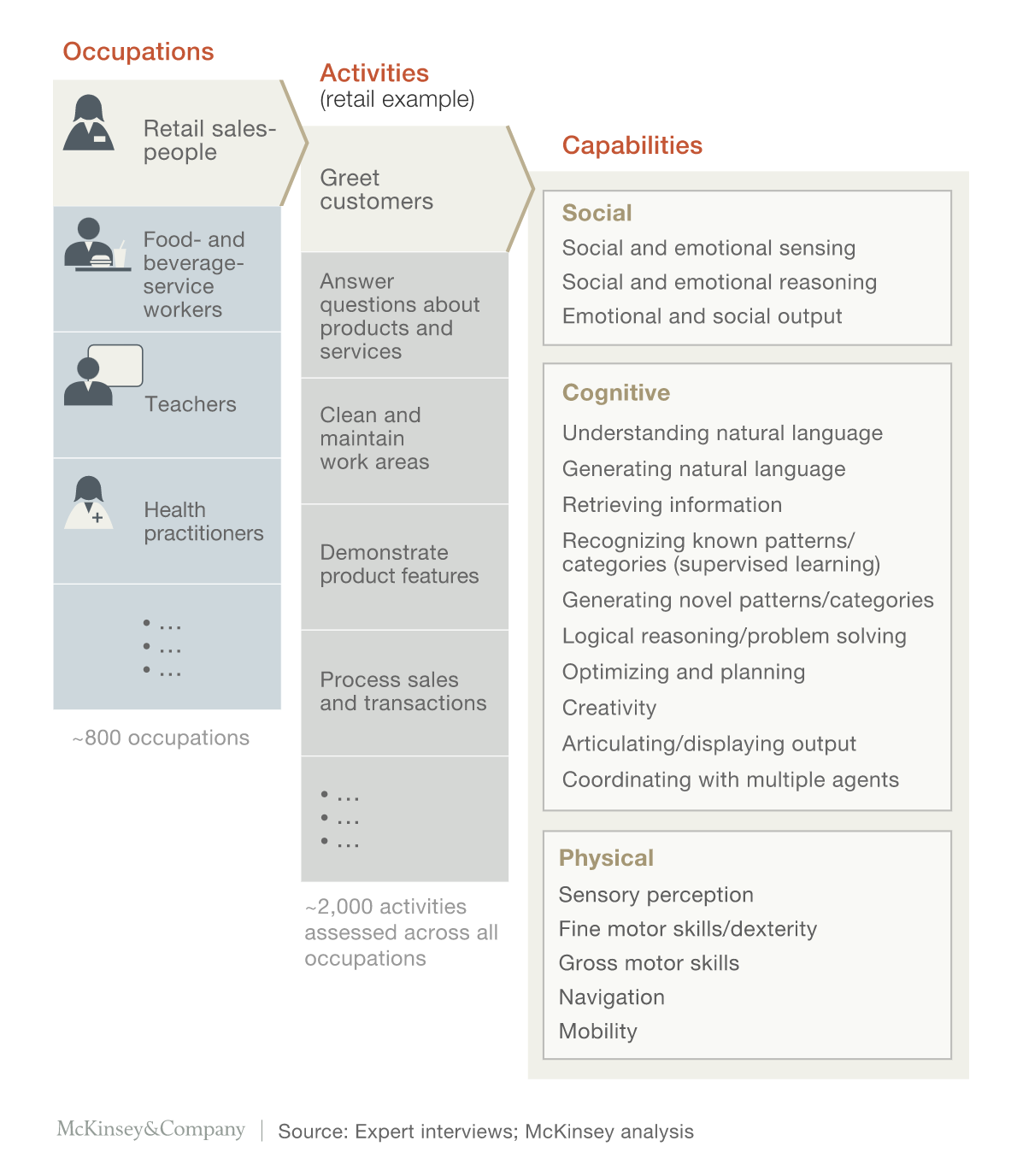If your organization has already done away with manual data and spreadsheets, you’re in the minority, with automation on the rise.
Despite the compelling benefits for automation in the workplace, up until now, spreadsheets, manual data and even paper-based forms have proliferated due to a lack of digitization and flexible data collection methods. These inefficiencies add cost our collective bottom line every year.
Automation workflows and new methods for employee data collection are major game-changers.
The new digital workforce: Digitization and automated workflows for front-line teams.
Netflix might have us daydreaming of a super-powered AI reality that seems other-worldly. For my workforce and yours, immediate value derived from automation and digitization is a straight forward and common-sense path to easy wins.
As explained in Fast Company:
“Automation is all about building systems that handle this busywork for you. One advantage of this is obvious: You don’t need to spend time worrying about these tasks. Another, less clear advantage, is freeing up space every day to focus on the kinds of tasks humans excel at, such as building relationships, brainstorming creative ideas, and synthesizing information.
That’s why automation is valuable to employers: It means their people can make the most of their skillsets instead of wasting time on tasks a computer could be doing. More gets done.”
Package that explainer with this telling stat from Unit4, and you’ve got a compelling argument already: Globally [in 2018], employees can use approximately 70 days a year on simple tasks, racking up a grand total cost for companies of $5 trillion.
Clearly, it doesn’t have to be intimidating and resource-hungry. Automation can be as simple – but useful – as sending completion receipts for forms to supervisors and signees.
Automate employee processes through digitization
Automation can wear many hats.
Leaders can regain hours spent analyzing reports, reviewing signatures, preparing staff assignments and more. In fact, McKinsey states that approximately 20% of their workday can be won back by automating these processes for CEOs.
Further down the ladder, the wins are from a paperless workplace initiative.
It is reported that employees burn over 30% of their working hours simply looking at paperwork, and even more time tracking down lost information.
-
- Document automation enables searchable documents and forms, reducing folders of scanned PDFs. This not only improves the employee experience, it frees up more time for high-impact tasks.
- Employee-generated data should be at the fingertips of those who need to delve into the analytics to find trends and opportunities. BI integrations are key, no system should be a silo of data.
With many converting to paperless, and subsequently finding themselves getting admin tasks done 35% faster, the numbers back up the case for automation.
Beyond digitization, automation can be more robust with a spectrum of AI-based capabilities.

Automation and AI work hand-in-hand with employees
Consumers are most familiar with AI and automation by way of marketing and customer service chatbots.
Seen as somewhat of a novelty even 2 years ago, it has been reported that over 80% of businesses are expected to be using chatbots in some way by the end of 2020.
IT, HR and communications leaders alike all benefit from them. For all three, minimal technical knowhow is required to set up a chatbot with a script. This frees up IT staff from Q&A time, gives marketers/comms a first-contact tool for customers with a lower risk of negative interactions, and cuts out additional paperwork for HR.
While the automated tools are the face of this, employees are still crucial and get to work their experience and knowledge into the mix. Recently Gartner mused that over 80% of inquiries could be handled this way.
When AI and automation are applied to internal processes, managers can schedule activities, escalations based on automated workflows and track compliance analytics.
The digital employee experience
Going past the mantra of ‘we must use technology to stay competitive’, tech can’t fully replace our employees but it can make their lives much easier and drive process-driven efficiencies.
Today’s employee-facing programs can enable staff to work faster and more efficiently than ever, and not just in a remote work context.
By tracking employees’ responses to simple forms and documents with automated processes, valuable data is connected to BI tools for reports and analysis. This brand of automation spreads from the middle to the outside: Immediately-impacted users are thrilled, and over the coming weeks, more and more of the workday is optimized for the rest of the staff.
When you read this quote from McKinsey’s Michael Chui, consider how AI, automation and digitization might transform your workforce:
“The potential of artificial intelligence and advanced robotics to perform tasks once reserved for humans is no longer reserved for spectacular demonstrations by the likes of IBM’s Watson, Rethink Robotics’ Baxter, DeepMind, or Google’s driverless car. Just head to an airport: automated check-in kiosks now dominate many airlines’ ticketing areas. Pilots actively steer aircraft for just three to seven minutes of many flights, with autopilot guiding the rest of the journey. Passport-control processes at some airports can place more emphasis on scanning document bar codes than on observing incoming passengers.”









